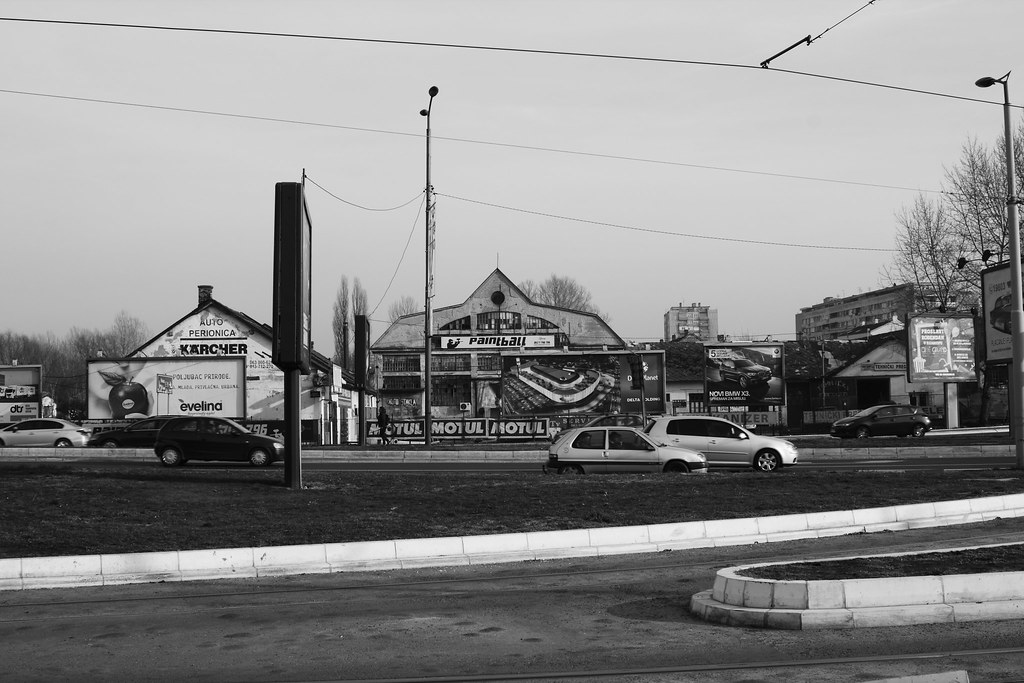
Porajmos in Serbia - mapping the past, changing the present is a project on the genocide against the Roma in Serbia the aim of which is to establish elementary facts on the Porajmos in Serbia, adaptable for use throughout the education system, in Romani and Serbian, with online content available also in English.
Today, the topography of the WW2 crimes is defined by the witness testimonies and depositions (from those given in 1945 to the Yugoslav War Crimes and War Damages State Commissions until today). The victims database and the mapping will reflect events through individual witness statements, as the locations of the victims’ neighbourhoods and their homes will help reveal the narrative arc of the lives and deaths of the Serbian Roma in Kragujevac and Belgrade from the late 1930s to the immediate post-war period.

The "Topovske šupe" camp, is today facing the demolition for the construction of a shopping mall.
Project partners are planning to use testimonies, database and mapping to create the first open and accessible platform dedicated to the victims of Porajmos in Serbia. The education training programme development with printed materials will be submitted to the Ministry of Education of Serbia, and distributed both through the education system, and also independently, through the networks of our partner organizations.
The basis for the temporal mapping of events that took place in Belgrade and Kragujevac is built upon witness depositions, census data, pre-war and wartime statistical documents, as well as the period press. The key documents will be made available through the database and reproduced - linked alongside the quoted testimonies and the locations mapped in the education materials.
Database research and architecture: Data verification through multi-source archival research of pre-war, wartime and post war census data, as well as municipal records in addition to the testimonies and depositions. Cross-linking and geo-tagging location addresses mentioned in the original testimonies, as well as the contemporary maps and photos of the locations.
The project will promote the affirmative action through the work with local partners to search for the families of the witnesses and their inclusion in the testimonies and educational programmes.



